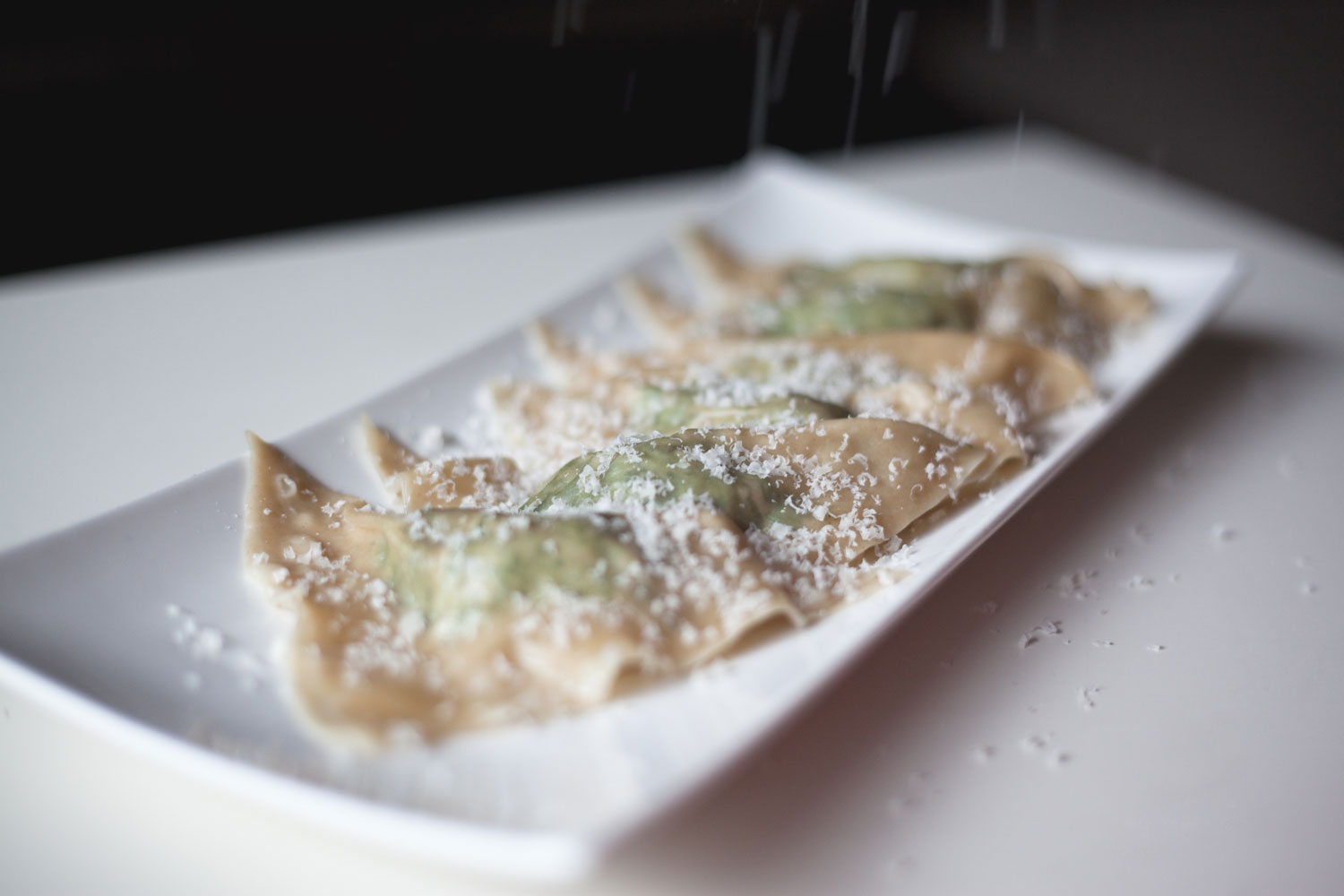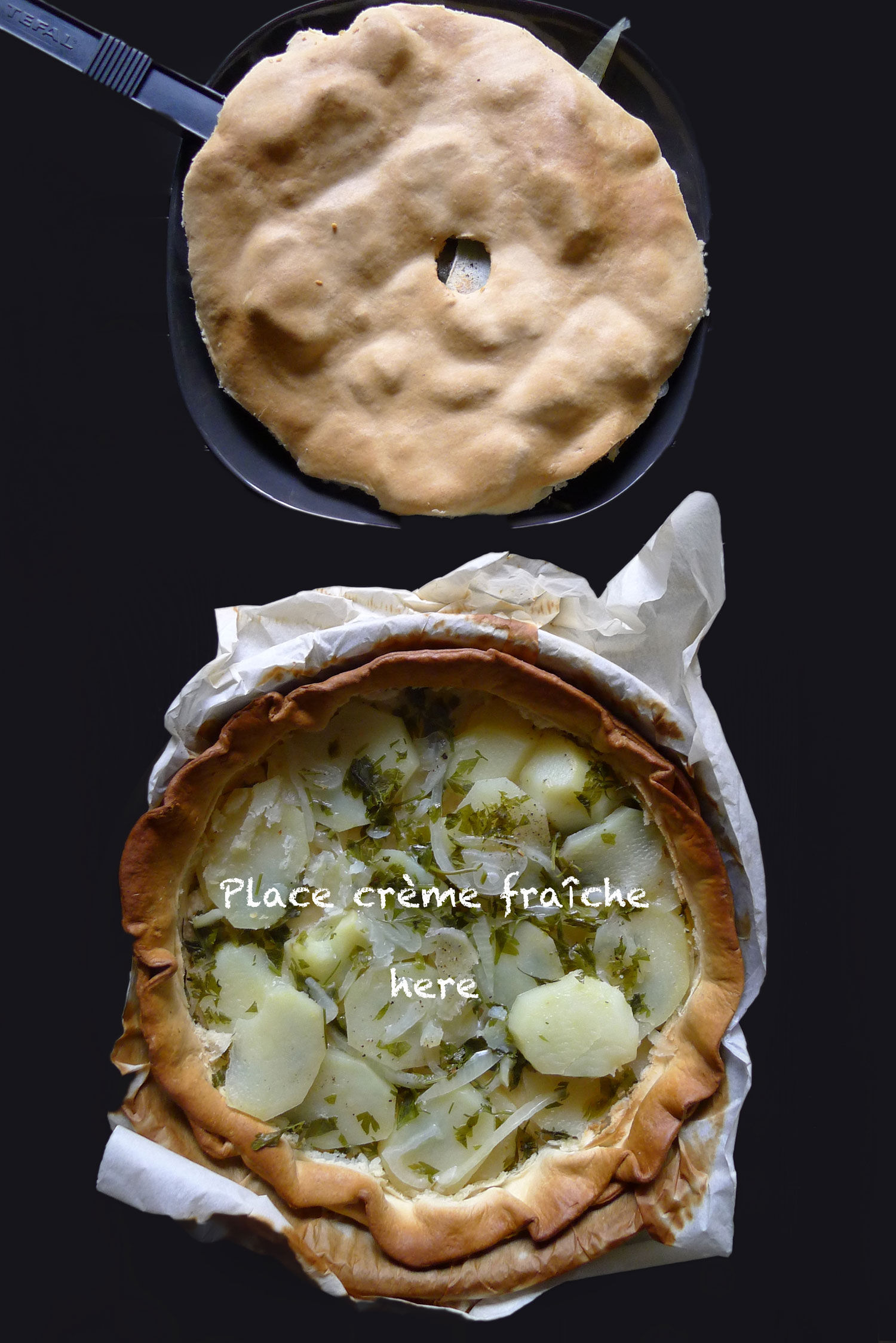I just discovered that Bastille Day is a British term and that's what I always referred to it as when growing up in New York. In New York, there were annual street fairs celebrating Bastille day with French food and wine. Even contests were set up so that one could win a roundtrip airfare to Paris and back.
Living in the know and now in France, we simply refer to it as le quatorze juillet and it is formally called la fête nationale. Festivities start with the Fireman's Ball in various fire stations across Paris on the eve, then a morning military parade on the Avenue des Champs Elysées, and closes with an evening fireworks display from the Eiffel Tower.
History in a nutshell: Mutinous minds were brewing a few years earlier leading up to the start of the French Revolution which began with the storming of the Bastille prison on July 14, 1789. Living in a feudal aristocratic system with the philosophes of Enlightenment, a weak monarchy, and with escalating food and taxe prices—let's just say that some people were not happy.
The Bastille prison symbolized the arbritrary use of power of the French monarchy. It's where upper-class and political prisoners of French society were held, unopen to trial, and only under the king's orders. Thus, attacking it signified the start of a revolution which led towards years of violence and bloodshed—although not so much on that particular day.
Excactly one year after the storming of the Bastille, the Fête de la Fédération was inaugurated on July 14, 1790 to celebrate the unity of France, symbolizing peace. July 14th commemorates the storming of the Bastille and the Fête de la Fédération.
Here's a taste of symbolism for you pictured below...
Grilled Magret de Canard
And if you keep scrolling down to the bottom, I leave you with Serge's scandalous version of La Marseillaise, the French national anthem.
Vive la France! Vice la République!
Grilled Magret de Canard
INGREDIENTS//Serves 2-3
• 1 farm-raised magret de canard (this particular piece weighed 394 grams, vacuum-packed)
INSTRUCTIONS
Pre-heat your oven to 220° C.
Lay your naked duck breast with skin facing up. Score the skin of the duck in squares without cutting into the flesh.
Pop the duck into the over with the skin fat face up for 15 minutes.
After 15 minutes, flip the duck over and then lower the temperature to 180°C and let it cook for 10 minutes. Take it out of the over and and cut into slices.
Serve it along with some roasted potatoes and garlicky green beans.
NOTE
I'm a pesco-vegetarian with lots of taste testers amongst me. Apparently this gets a thumbs up with my carnivorous family. You can't screw this recipe up, just throw it in the oven!





























